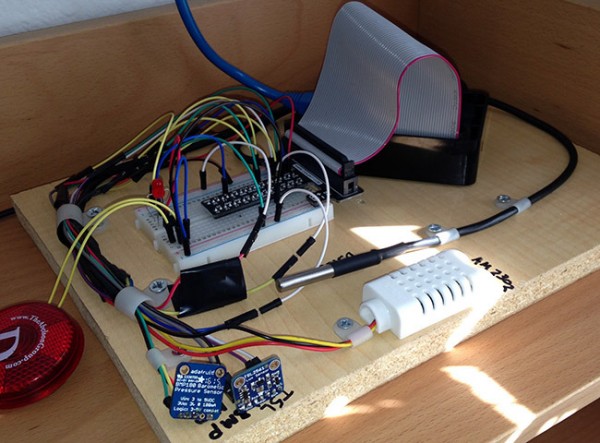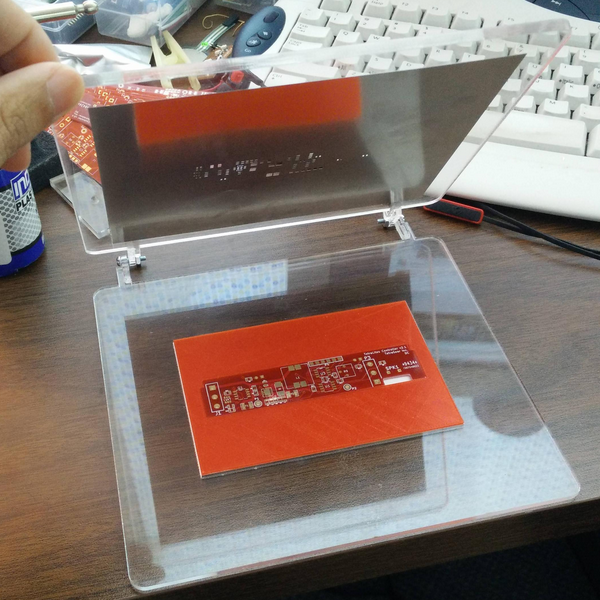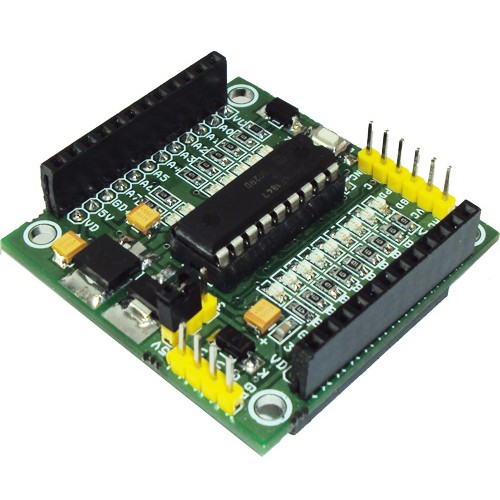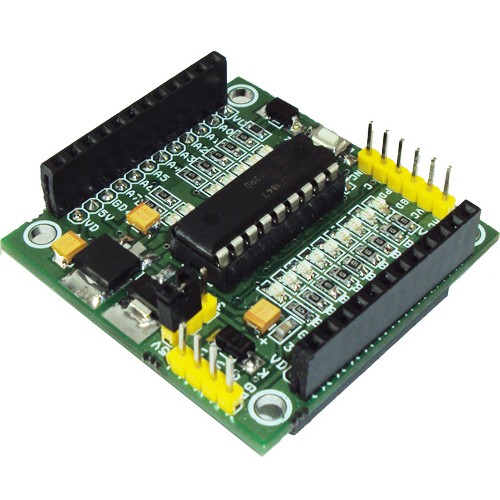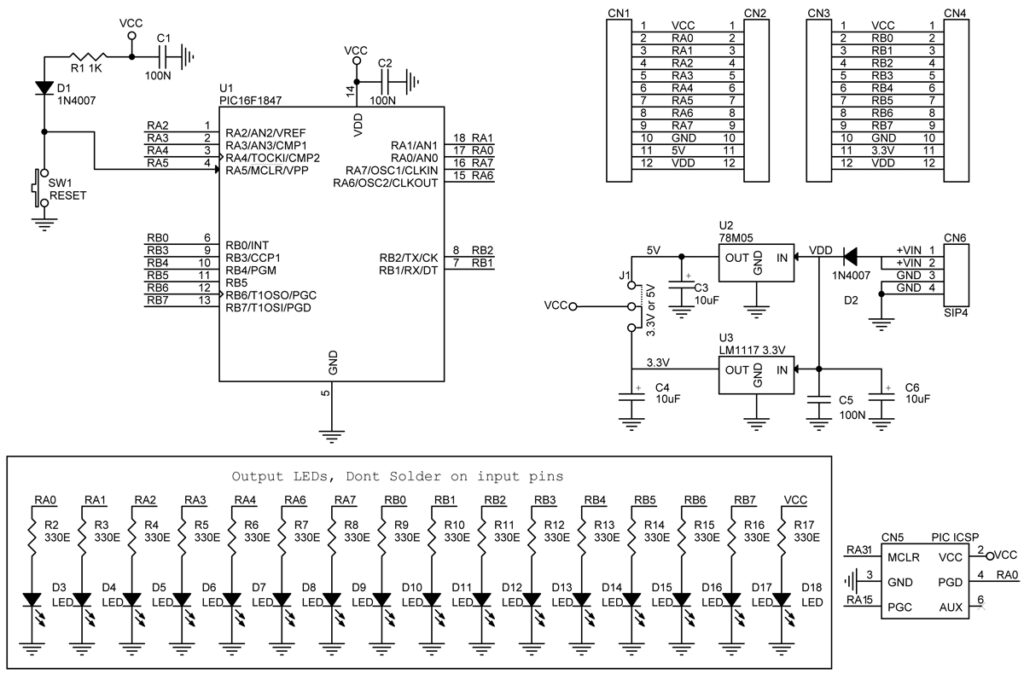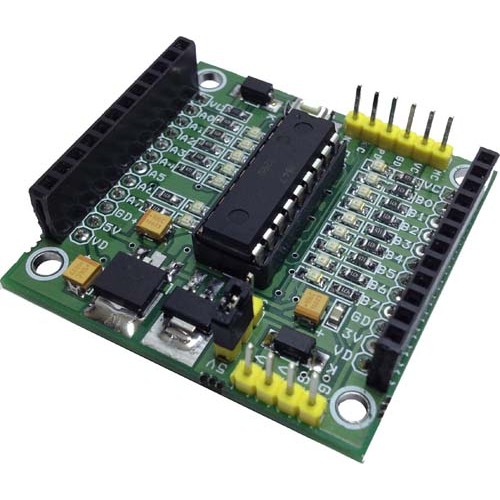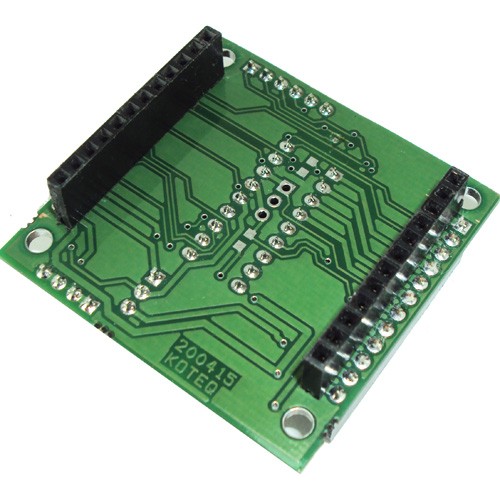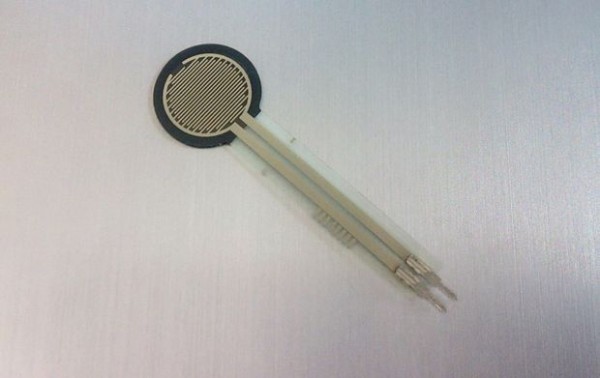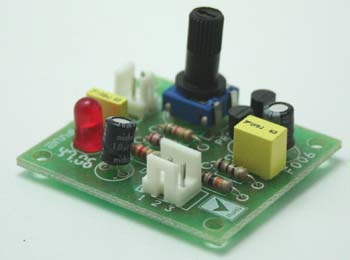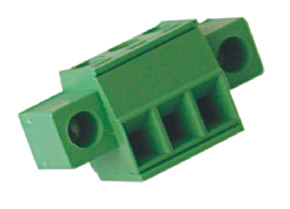
Of course it can, even apeak. So if you connect leads from the bottom side via a PCB connector, you don´t have to worry about the current…
Should you however be afraid of accidental fall off of the connector (it will certainly hold on if there are no vibrations, shocks or unpredictable tension to leads), then for your peace of mind we recommend you to use connectors that can be secured by a screw.
Naturally, devices exposed to vibrations are much more frequent (for example with a motor) or even devices which are often subjeted to transport – for all such cases a connector with a flange (and integrated screw) finds its place.
Such solution is also offered by a well-known producer of terminal blocks – EUROCLAMP. For example for currents up to 8 Amps and voltages to 160V, these novelties from our stock are suitable:
- SH04-3,5-K (4-pole plug-in connector for cable, with a 3.5 mm pitch, with a flange and screw)
- PV04-3,5-V-K (a mating piece to SH04-3,5 for a PCB with a flange and screw) For a real certain feeling, this component can be screwed to a PCB by a self tapping screw ( ISO1481-ST 2,2×4,5(6,5)C screw, not included)
A screw also prevents accidental disconnection (it´s only possible with a screwdriver). In extreme case, the screws can be replaced by security head screws… (but this perhaps no – if you deal with a critical device – then use some more efficient precautions).
Detailed information can be found in the SHxx-3,5-K and PVxx-3,5-V-K datasheets.

Can a current flow even up the hill? – [Link]



